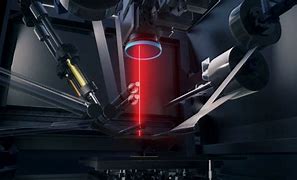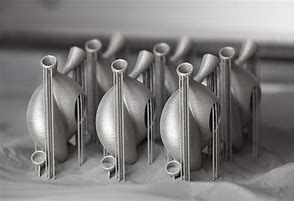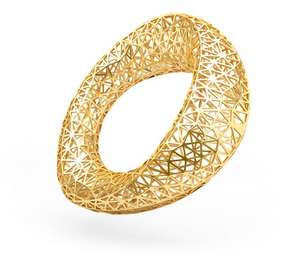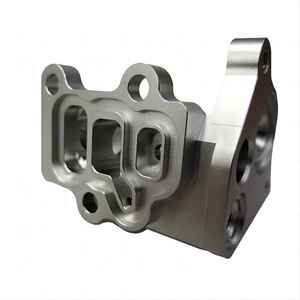Discover a professional 3D printing powder supplier
(Firmware Fetch: Extracting Firmware from Your 3D Printer Easily)
**Title: “Digging Up Your 3D Printer’s Hidden Code: A Step-by-Step Guide to Firmware Extraction”**
(Firmware Fetch: Extracting Firmware from Your 3D Printer Easily)
Your 3D printer is more than plastic and wires. Deep inside its circuits lives a secret recipe—the firmware. This software tells your printer how to move, heat, and create. But what if you want to peek at this code? Maybe you want to tweak it, save a backup, or just satisfy your curiosity. Let’s explore how to pull firmware out of your machine like a digital archaeologist.
First, know why firmware matters. Think of it as the brain of your printer. Without it, the machine just sits there. Updates can add new features or fix bugs, but sometimes updates go wrong. Having the original firmware lets you restore things fast. Plus, modifying firmware can unlock cool tricks, like customizing print speeds or adding safety checks.
Start by checking your printer’s brand. Most companies share firmware files online. Look on their website under “Support” or “Downloads.” If you find it, great! Download it and skip the hard work. But some brands lock their firmware away. If that’s your case, you’ll need to dig deeper.
Next, connect your printer to a computer. Use a USB cable, the same kind you’d use for a phone. Turn on the printer and wait for your computer to recognize it. Open a program that talks to 3D printers, like Pronterface or Cura. These tools let you send commands directly to the machine.
Now, ask the printer for its firmware. Type “M503” in the command line and hit enter. This tells the printer to spit out its current settings. You’ll see details like temperature limits and movement speeds. But this isn’t the full firmware—it’s just the settings saved on the machine. To get the actual code, you need to go deeper.
Here’s where things get technical. Firmware is stored on a tiny chip inside the printer. To read it, you might need extra hardware. A Raspberry Pi or an Arduino board can help. Connect the chip to the board using wires (this is called “flashing”). Then, use software like Avrdude to copy the firmware onto your computer. Sounds scary? It’s like using a USB drive, but with more steps.
Wait—before you open the printer, check if it’s under warranty. Poking around inside might void it. If you’re okay with the risk, grab a screwdriver. Open the printer’s case carefully. Find the mainboard (it’s the green or blue board with lots of chips). The firmware chip is usually labeled. Look for “BOOT” or “FW” near it.
Once you’ve got the firmware file, save it somewhere safe. Rename it with your printer’s model and date. This way, you won’t mix it up with other files. If you plan to modify the code, use a text editor like Notepad++ or VS Code. But be warned—one wrong line can turn your printer into a paperweight. Test changes slowly, and always keep a backup.
Some printers fight back. Brands like Creality or Prusa use encryption to protect their firmware. If your file looks like gibberish, you might need special tools to crack it. Search online forums for help—hobbyists love sharing workarounds.
Why go through all this trouble? Custom firmware lets you turn a basic printer into a powerhouse. Imagine adding touchscreen support or automatic calibration. Or maybe you’re prepping for a zombie apocalypse, where no one can send you firmware updates. Either way, knowing how to extract firmware puts you in control.
(Firmware Fetch: Extracting Firmware from Your 3D Printer Easily)
Still stuck? Join a 3D printing community. Reddit groups or Discord servers are full of people who’ve done this before. Share your story, ask questions, and maybe brag a little when you succeed. After all, not everyone can say they’ve hacked their printer’s brain.Inquiry us if you want to want to know more, please feel free to contact us. (nanotrun@yahoo.com) hot tags: 3d printing,3D printiner,3d printing material
(Firmware Fetch: Extracting Firmware from Your 3D Printer Easily)








